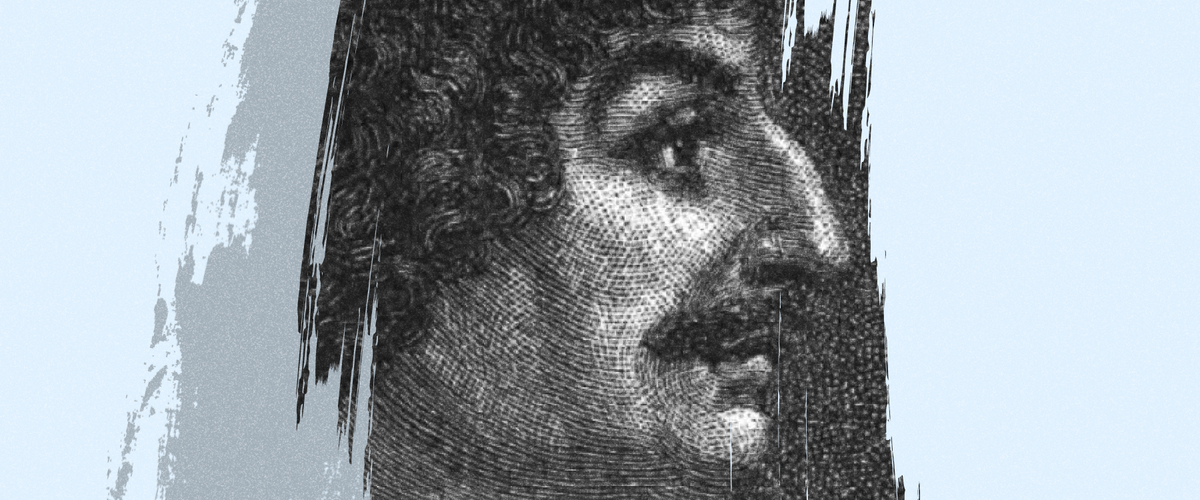Herrick, “A Christmas Carol, Sung to the King in the Presence at White-Hall”
Robert Herrick’s yuletide tribute to the lush pleasures of spring.
by Robert Pinsky
In much traditional Christian imagery of the Northern Hemisphere, flowers and sunshine are associated with the time of Jesus’ death. His birth, in standard images, coincides with the long nights and snows, or cozy firesides, of December. Irving Berlin’s little-known verse for “White Christmas” refers to the palm trees of Los Angeles, setting up the better-known chorus’s evocation of glistening treetops and sleigh bells in the snow.
Sweet-minded, mirthful, and sensuous 17th-century poet Robert Herrick (1591-1674) composed a Christmas carol (originally for soloists and chorus) that invokes spring instead of winter. In Herrick’s charming reversal of seasonal imagery, his Jesus is a darling prince of flowers and natural warmth—a divine figure in keeping with Herrick’s merry disposition in his poems. Only in closing does this carol nod to the traditional Christmas evergreens.
Dark and dull night, fly hence away,
And give the honour to this Day,
That sees December turned to May.
If we may ask the reason, say
The why and wherefore all things here
Seem like the Spring-time of the year?
Why does chilling Winter’s morn
Smile like a field beset with corn?
Or smell like to a Mead new-shorn,
Thus, on the sudden? Come and see
The cause, why things thus fragrant be:
‘Tis He is born, whose quickening birth
Gives life and luster, public mirth,
To Heaven and the under-Earth.
We see Him come and know him ours,
Who, with His sunshine and His showers
Turns all the patient ground to flowers.
The darling of the world is come
And fit it is, we find a room
To welcome Him. The nobler part
Of all the house here, is the heart.
Which we will give Him, and bequeath
The Holly, and this Ivy wreath,
To do Him honour, who’s our King,
And Lord of all this reveling.
……………………….……—Robert Herrick
Originally published in Slate, December 23, 2008.
